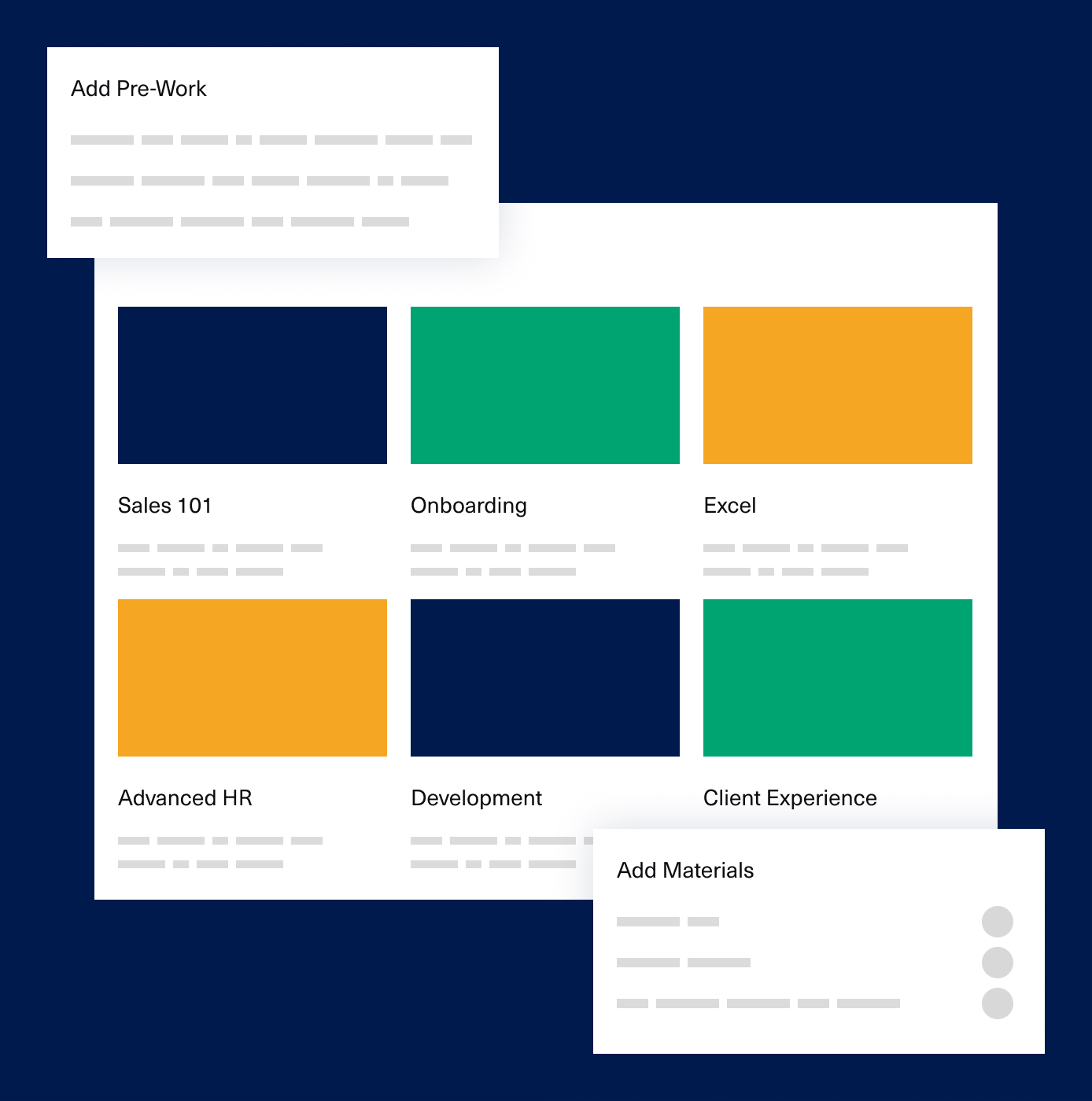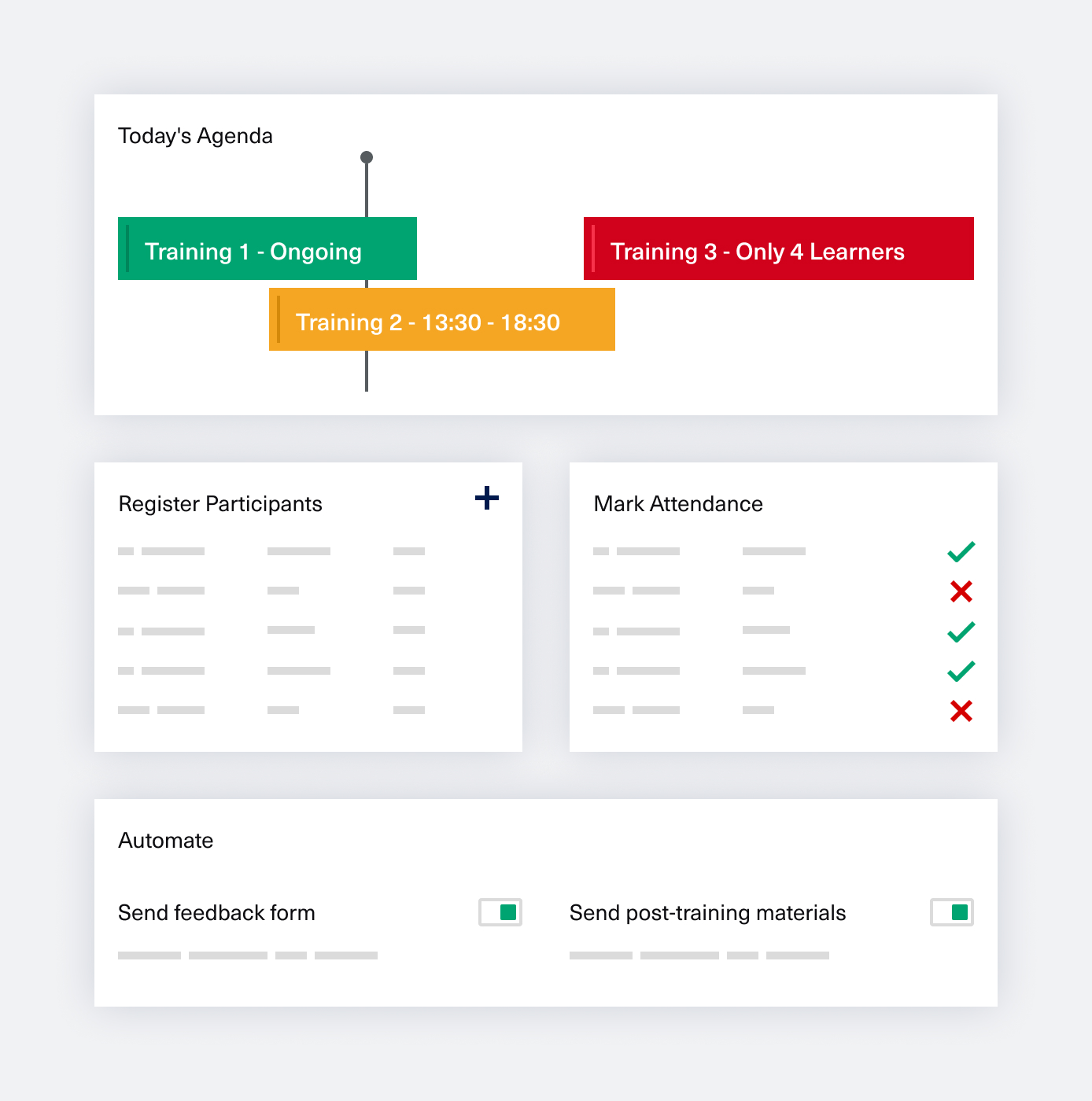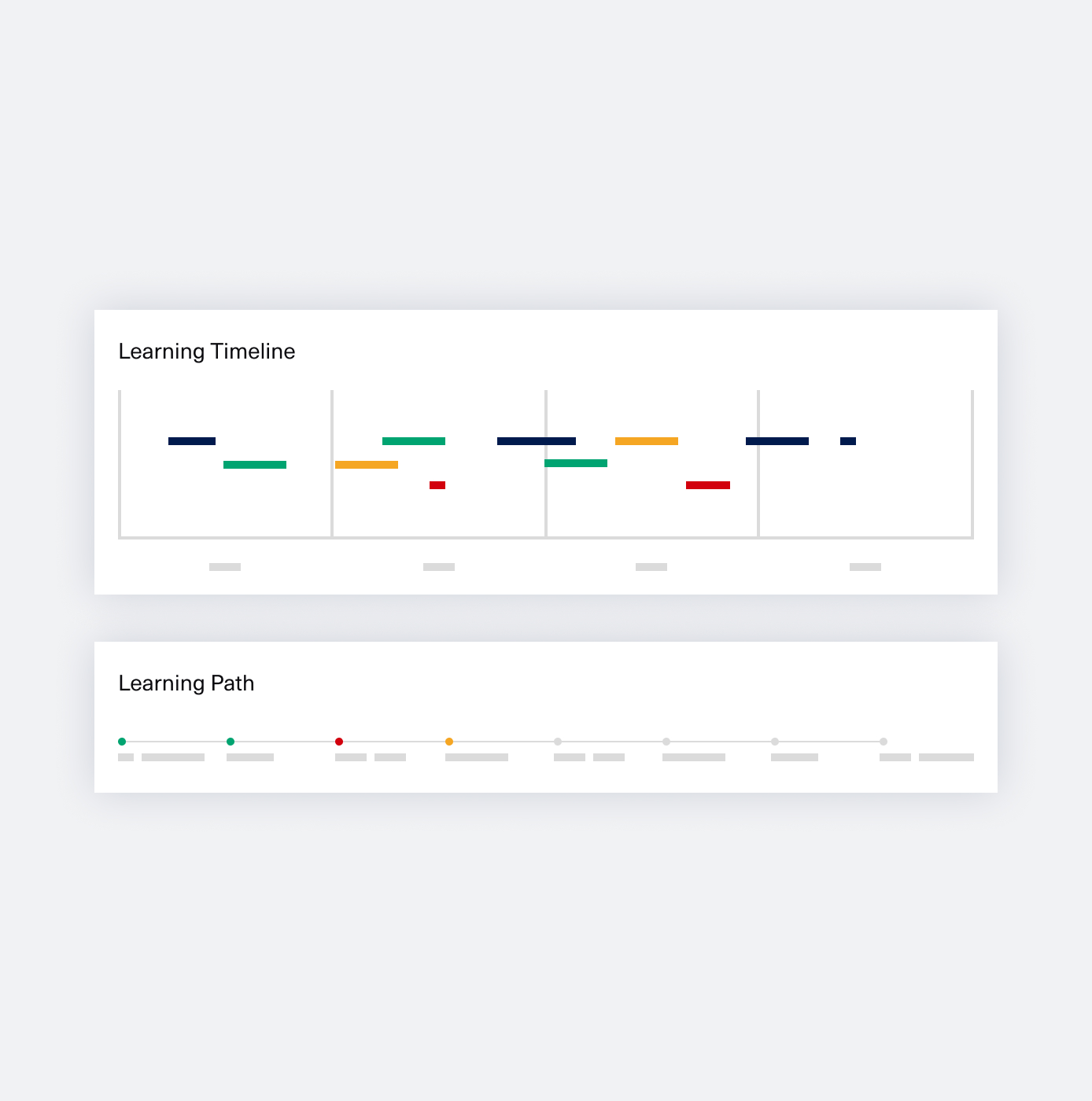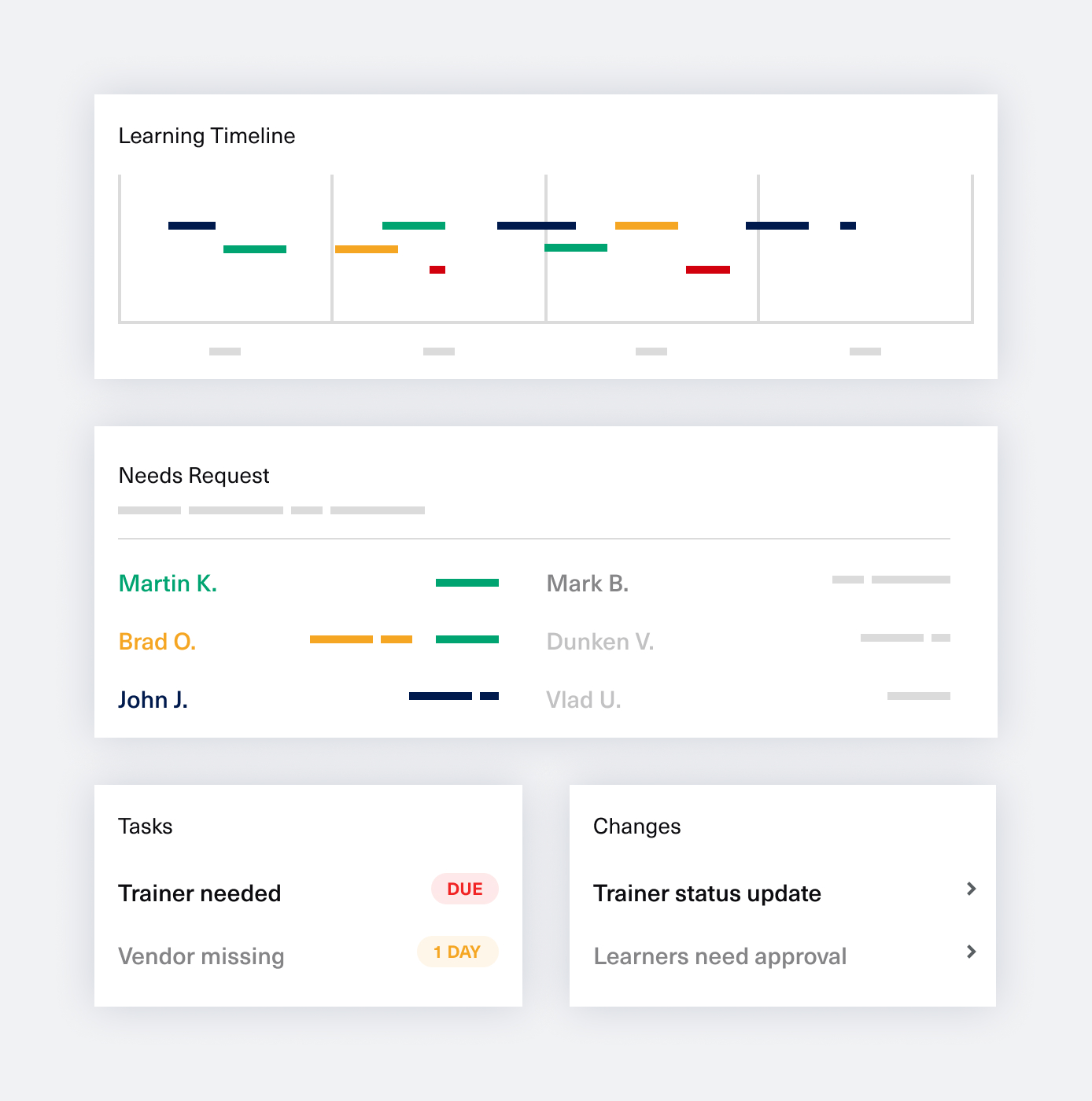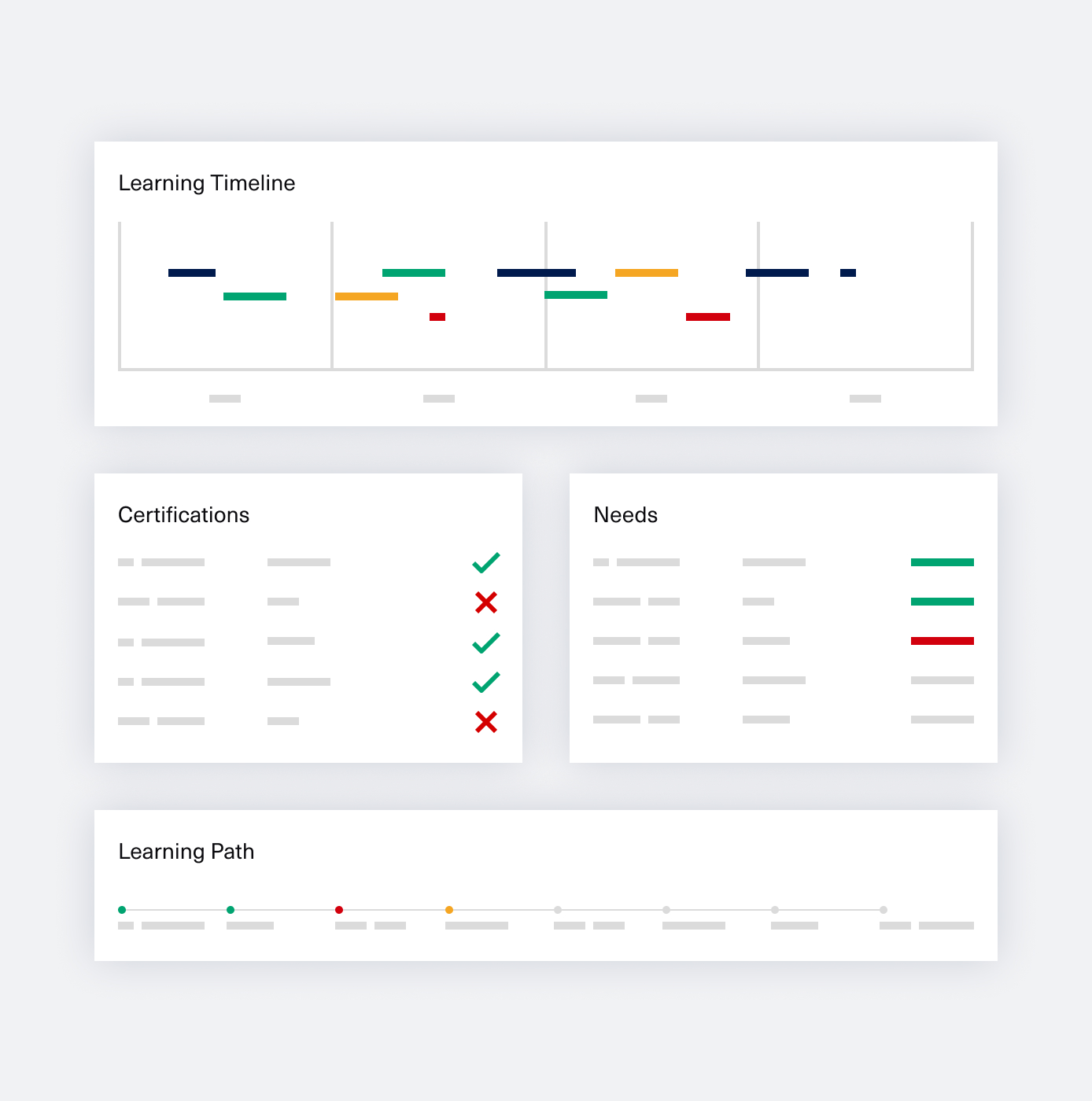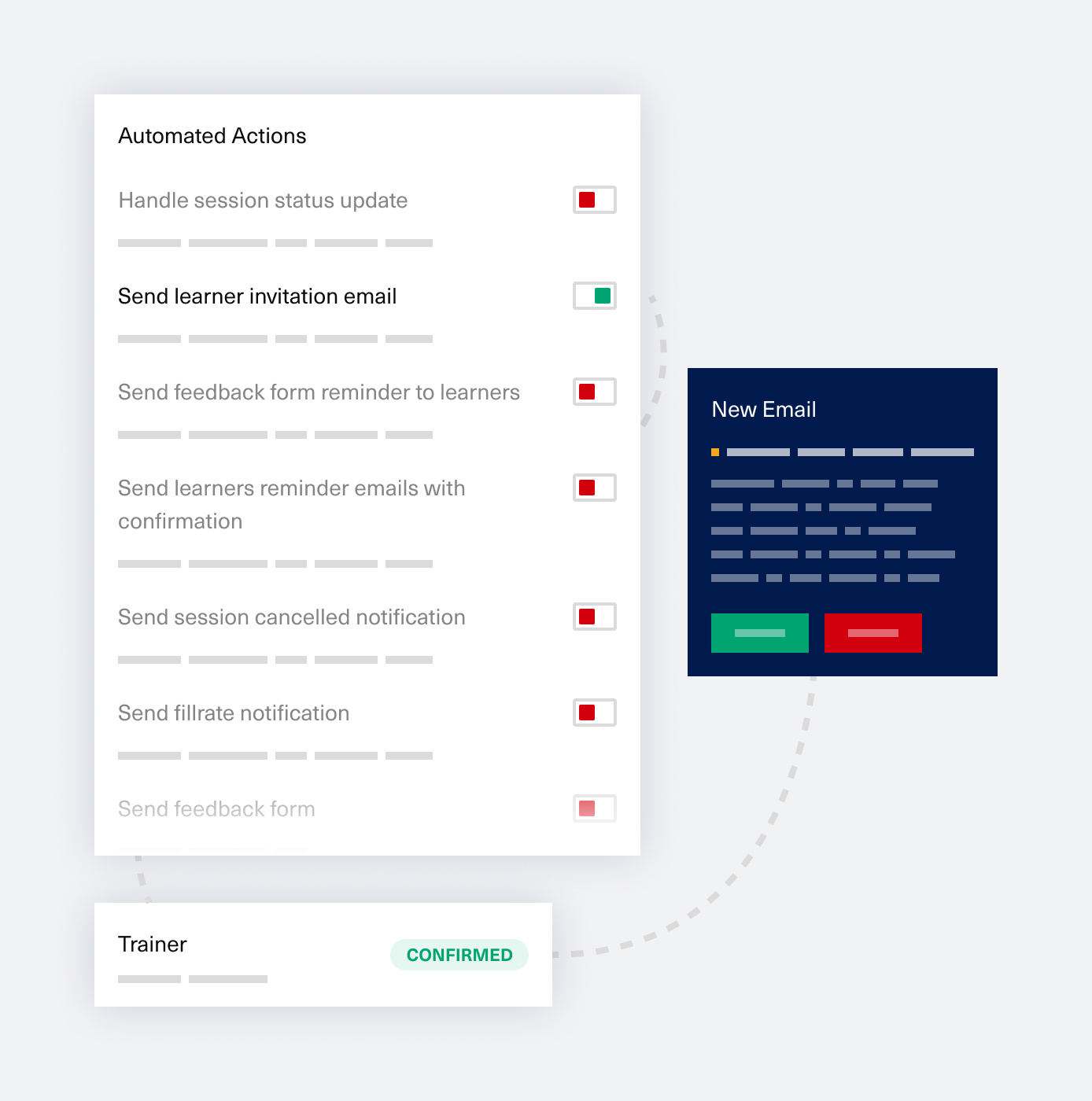The most successful organizations view learning as an ongoing process rather than a one-off that includes checking boxes and passing a test. Professionals must continue developing their skills and minds, which can easily be done through learning in the workplace.
This is commonly referred to as learning and development (L&D). The goal of L&D is to align team-member goals and performance with those of the organization, cultivating mutual success.
While it may seem like an obvious solution to train your employees to be as educated and skilled as possible, L&D is overlooked by many organizations, often considered optional or unnecessary – but this is not the case. These are the top ten reasons why learning and development programs are critical to your organization.
1. Employee Retention
In 2018, Work Institute reported that one in four employees would leave their job, and 77% of that turnover could be prevented by employers. This number is staggering, and companies should be looking to lower it as much as possible; after all, the hiring and onboarding processes are timely and expensive. Losing productive employees forces companies to start from square one, seeking new talent and getting them adjusted to their new role.
So, where do learning and development come in?
93% of employees say that they will stay longer at a company that invests in their development. From this statistic alone, it is clear that professionals and companies alike benefit from learning and development. Employees want to feel valued and invested in.
By providing them with opportunities to learn, you’ll help them feel like a valued part of your organization. Not only do they feel important, but they are also receiving more than just a paycheck when they go to work; they are developing their skills and knowledge.
2. More Committed Employees
Hand-in-hand with employee retention is commitment. Employees will stay with an organization longer if they are committed to the company and its purpose.
Your employees should see the value in your organization, and the best way to do this is to teach it to them. If employees can see that you are committed to their growth, they, in turn, will be committed to you and your organization.
3. A Better Bottom Line
Beyond improving employee retention and commitment, companies always have the bottom line in mind. For any organization to remain successful, it must profit from its operations.
Through L&D, organizations can fill in the knowledge gaps of their employees, upskilling them to increase their value within the organization. In doing so, companies have reported a 14-29% increase in profit.
An IBM study also showed that well-trained employees increased their productivity by 10%. Professionals who feel confident and more excited about their work are much more likely to devote time and care to their roles, translating directly into success for their company.
4. Improved Productivity & Teamwork
Learning and development significantly increase productivity through various means. Consider in your own life: do you feel more productive and engaged in projects you are knowledgeable and interested in? Of course!
The same goes for employees in the workplace. Investing time in your employees through learning gives them a greater sense of purpose in your organization, in addition to giving them the tools to perform better.
For employees to be more productive in achieving their goals they must have access to the knowledge that enables this. With enhanced knowledge and skills, employees will perform better and likely enjoy their work more as a result.
Furthermore, educated employees can educate those around them, encouraging teamwork. With a greater wealth of information between professionals, coworkers can pass this information along. This creates a culture of learning in your organization, cultivating an atmosphere of shared knowledge and collaboration.
5. Happier Professionals
While you may have dreaded school as a child, it has been proven that learning makes people happier. Being provided the tools and opportunity to further their education can give employees a sense of accomplishment and worth.
The more ambitious the goals we set, the happier we are, especially when they are achieved. By implementing a learning and development program, you are providing opportunities for achievement to your employees.
Not only will this make them feel more accomplished and happier, but they will be developing their skills along the way.
6. Improved Customer Service & Satisfaction
Happier employees directly translate into more satisfied customers. Most people have encountered a disgruntled professional and thought, “Wow, they must hate their job.”
If employees are happier with their roles, that will be evident to customers. In addition to interacting with customers more positively, your employees will also be more equipped to deal with customers knowledgeably.
Learning and development take many forms, including empowering employees to handle customer conversations effectively. Companies that use learning technology enjoy an average 16% increase in customer satisfaction. With learning and development, employees will come across to customers as happy and knowledgeable professionals.
7. Decreased Risk
We have spoken a great deal about all of the things that learning and development provide to an organization, but there is also something that it can take away – risk.
A significant component of learning and development is compliance training. For many organizations, there are strict protocols and regulations to be followed. It is the company’s responsibility to ensure that their employees are trained in these aspects, which can be easily accomplished through learning programs.
If your employees are more knowledgeable in compliance and risk mitigation, you will face fewer risks. In addition to this, effective ethics training programs can minimize the risk of lawsuits, cultivating a safe and inclusive work environment.
8. Reduced Costs
With reduced risks come reduced costs. With better-trained employees, you can avoid expensive lawsuits or damages as a result of careless mistakes. A safer workplace can lead employees to feel more comfortable, understanding that the integrity of their work is valued, and so is their wellbeing.
As a result, a safe work environment can directly impact employee retention. With greater employee retention, you will save significantly on hiring and onboarding as you reduce the need to search for and train new talent.
If employees feel cared for and valued, they will likely be happier in the workplace. This is critical for organizations to cultivate as a happier work environment can translate into greater profits.
More satisfied employees will be more dedicated to their roles and likely perform better, leading to greater company success. That, combined with the reduction of expensive costs and risks, is a recipe for success.
9. New Opportunities
There is no question that education provides greater opportunities for individuals. Learning can broaden one’s horizons and encourage self-development.
With advanced knowledge and skills, employees may be able to identify new opportunities for your organization, including more efficient ways of working. Teaching your employees to search for these opportunities and improvements will benefit both of you. Developing your employees will directly build your company and expand its opportunities.
10. Talent Acquisition
A new generation has entered the workforce, and learning is high on their list of priorities. By 2025, millennials will make up 50% of the workforce, and by 2030 that number will climb to 75%. According to a 2016 Gallup report, 87% of millennials say that learning and development in the workplace are essential to them.
2025 is closer than it seems, so for companies to compete for top talent, it is vital that they offer learning and development programs. As companies hire new talent, they need to consider what they bring to the table – why should these professionals want to work for you?
Committing to the development of your employees is a great way to show your devotion to their success and growth, and will benefit your company in the countless ways that we have discussed.

